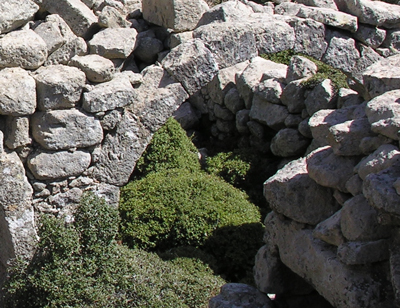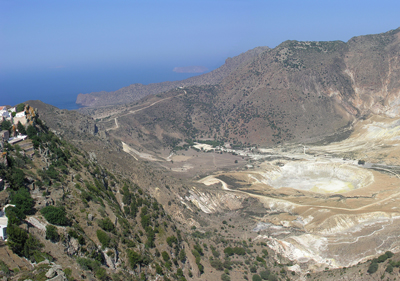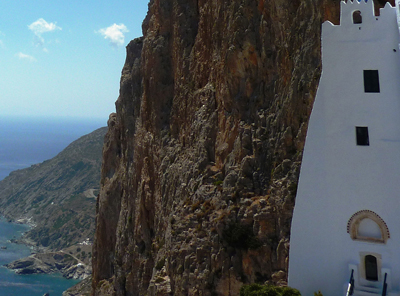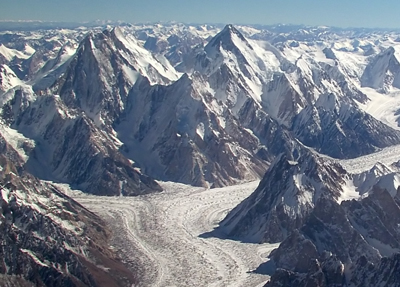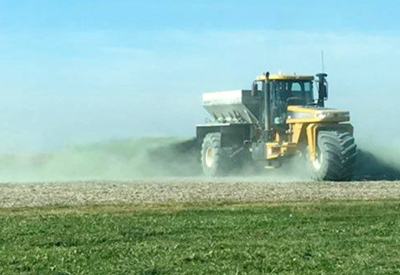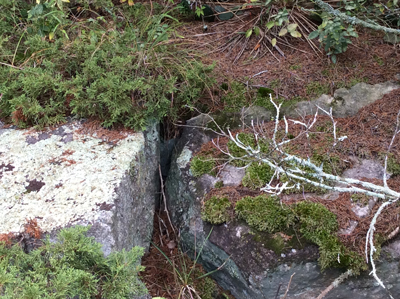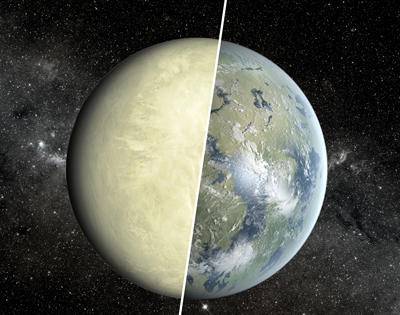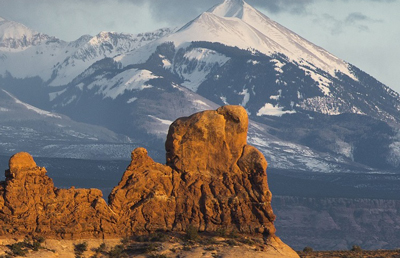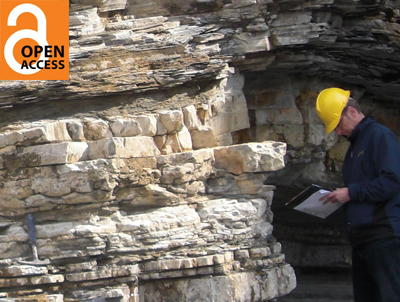Magma Genesis at the South Aegean Volcanic Arc
The South Aegean volcanic arc consists of five volcanic fields, with products that range from medium- and high-K calc-alkaline basalts to rhyolites. Parental magmas are generated by variable proportions of decompression and flux melting of a mantle source metasomatized by sediment melts and aqueous fluids released from the subducted slab. Fluid/sediment ratios are lowest in Santorini (Greece) where high lithospheric extension results in a predominance of decompression melting, shallower magma storage, and more mafic volcanism than elsewhere in the arc. Contributions from slab sediment melt decrease from west to east. With the lowest convergence rate and surface heat flux of any continental arc worldwide, the South Aegean is an ideal natural laboratory for studying arc magmatism at low magma production rates.
Magma Genesis at the South Aegean Volcanic Arc Read More »


